The Phenakistoscope by Joseph Antoine Ferdinand Plateau
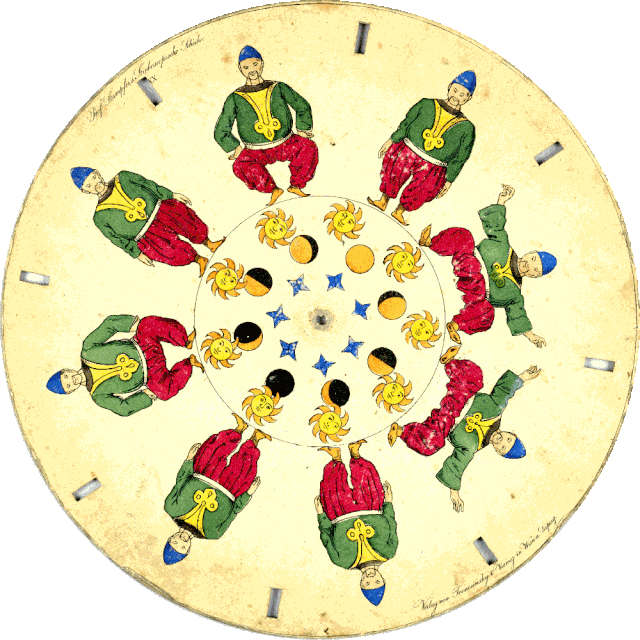

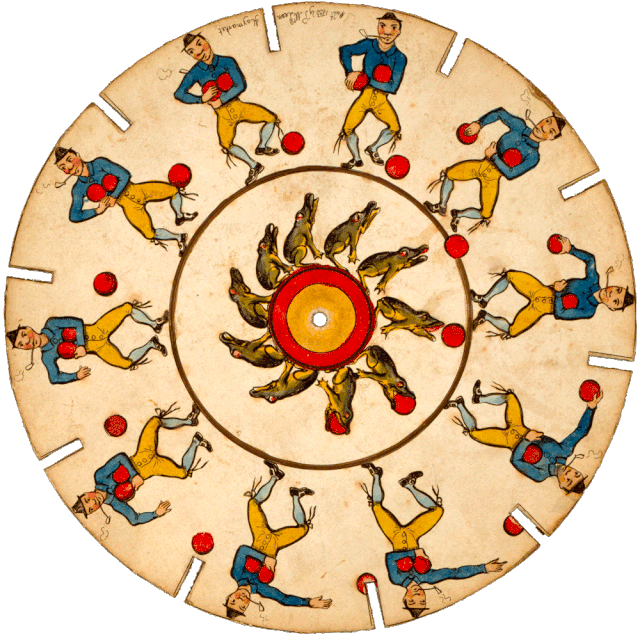
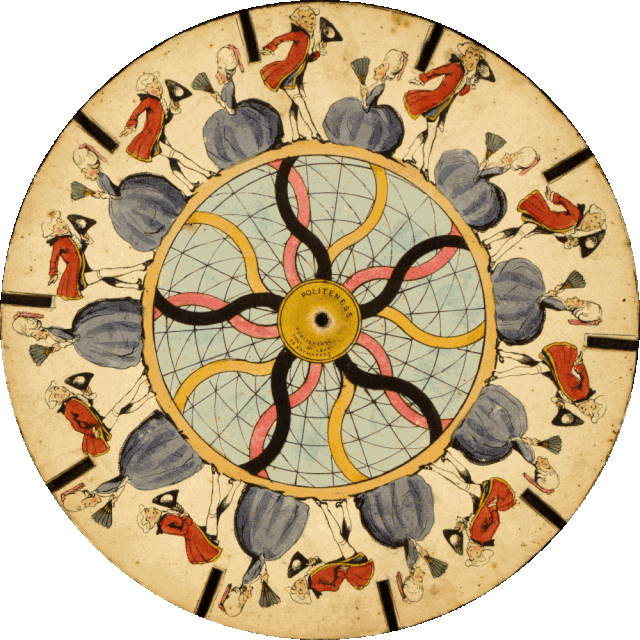

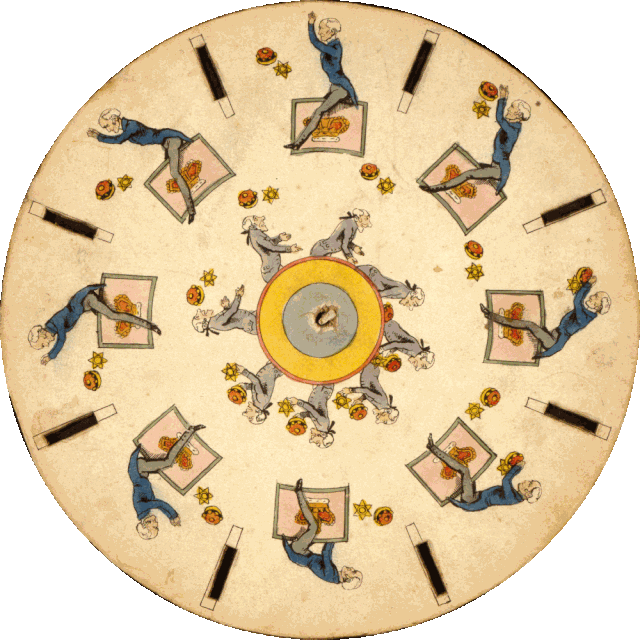

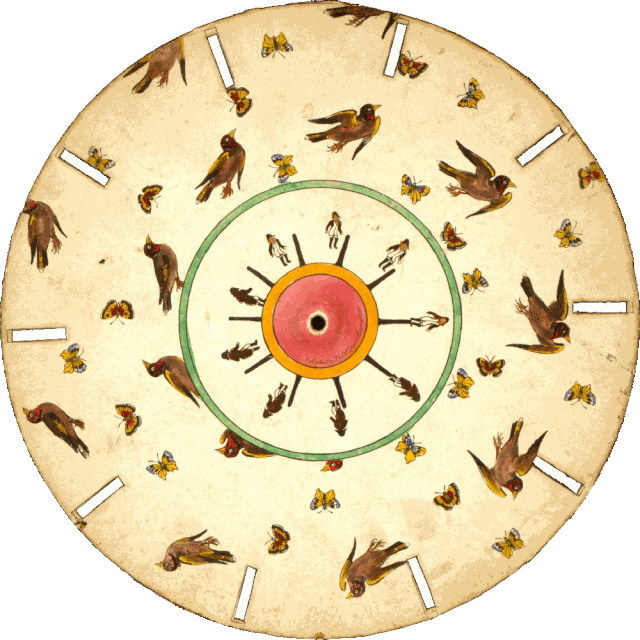
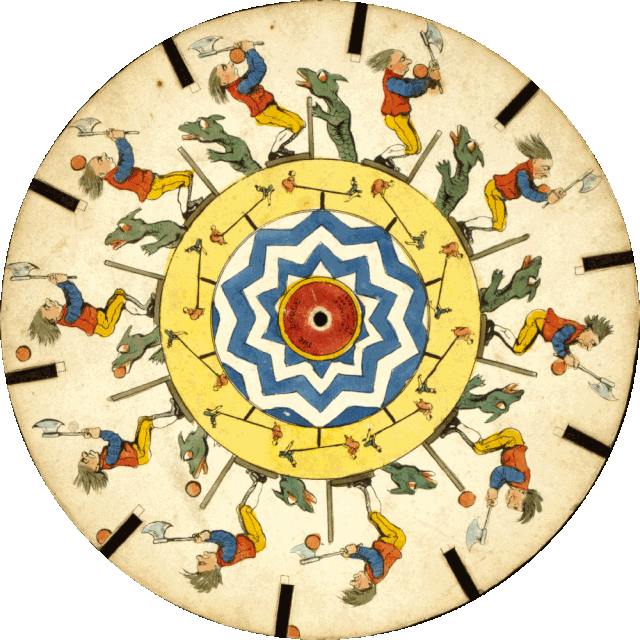
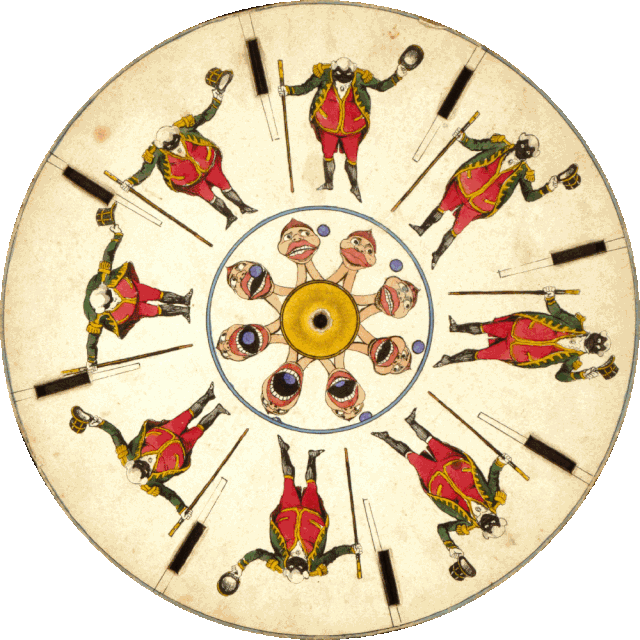
Thank you Joseph Plateau!
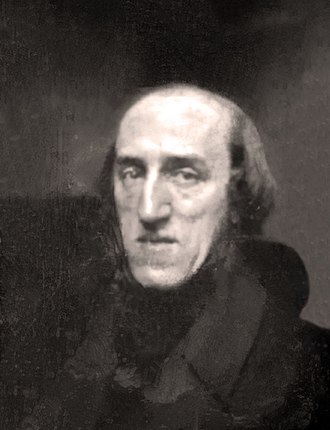
|
FULLNAME: Joseph Antoine Ferdinand Plateau BIRTHDAY: 14 October 1801 DEATHDAY: 15 September 1883 NATIONALITY: Belgian ALMAMATER: University of Liège FAMOUSFOR: Physics of soap bubbles (Plateau's laws), Plateau's problem, LAWS INVENTIONS: Phenakistiscope (1832) |

|